-
 Bitcoin
Bitcoin $119000
0.17% -
 Ethereum
Ethereum $3664
-2.12% -
 XRP
XRP $3.229
-7.77% -
 Tether USDt
Tether USDt $1.001
0.02% -
 BNB
BNB $783.2
-1.48% -
 Solana
Solana $191.3
-5.26% -
 USDC
USDC $1.000
0.03% -
 Dogecoin
Dogecoin $0.2450
-7.74% -
 TRON
TRON $0.3115
-1.61% -
 Cardano
Cardano $0.8229
-6.80% -
 Hyperliquid
Hyperliquid $44.17
-2.93% -
 Stellar
Stellar $0.4343
-7.23% -
 Sui
Sui $3.792
-4.09% -
 Chainlink
Chainlink $18.38
-5.73% -
 Hedera
Hedera $0.2491
-7.79% -
 Bitcoin Cash
Bitcoin Cash $518.1
-1.51% -
 Avalanche
Avalanche $24.13
-5.84% -
 Litecoin
Litecoin $113.9
-5.41% -
 UNUS SED LEO
UNUS SED LEO $8.974
-0.21% -
 Shiba Inu
Shiba Inu $0.00001400
-7.98% -
 Toncoin
Toncoin $3.215
-2.09% -
 Ethena USDe
Ethena USDe $1.001
0.03% -
 Polkadot
Polkadot $4.178
-6.84% -
 Uniswap
Uniswap $10.38
-3.05% -
 Monero
Monero $317.8
-1.85% -
 Bitget Token
Bitget Token $4.733
-1.94% -
 Pepe
Pepe $0.00001293
-8.20% -
 Dai
Dai $1.000
0.02% -
 Aave
Aave $292.8
-4.74% -
 Bittensor
Bittensor $430.1
-3.67%
Are NFTs bad for the environment?
NFTs' environmental impact has decreased significantly due to Ethereum's shift to energy-efficient Proof of Stake and the rise of eco-friendly blockchains like Tezos and Flow.
Jul 20, 2025 at 10:56 am
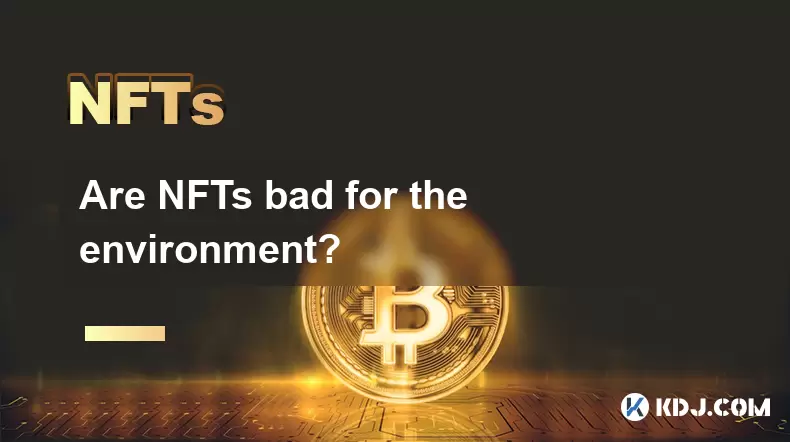
Understanding the Environmental Impact of NFTs
Non-Fungible Tokens (NFTs) have gained immense popularity in the digital art and collectibles space. However, concerns have arisen about their environmental impact. The primary reason for this concern is the energy consumption associated with blockchain transactions, particularly on networks like Ethereum. When a user mints or trades an NFT, it requires computational power that consumes electricity, which may come from non-renewable sources.
The blockchain technology underlying most NFTs relies on consensus mechanisms such as Proof of Work (PoW), which demands significant energy to validate transactions. This has led to comparisons between the carbon footprint of NFT transactions and everyday activities, such as watching hours of streaming video or driving a car for several kilometers.
The Role of Blockchain Consensus Mechanisms
One of the key factors contributing to the environmental debate around NFTs is the type of consensus mechanism used by the blockchain network. Ethereum, which hosts a large portion of NFT activity, historically used a Proof of Work (PoW) system. In PoW, miners compete to solve complex mathematical puzzles to validate blocks, consuming substantial amounts of electricity in the process.
- Miners use high-powered hardware that runs continuously.
- These systems require cooling, further increasing energy usage.
- The global distribution of mining operations often leads to reliance on coal-based power plants in certain regions.
However, newer blockchains and upgraded versions of existing ones are shifting toward Proof of Stake (PoS) models. PoS drastically reduces energy consumption by eliminating competitive mining and instead selecting validators based on the amount of cryptocurrency they "stake" as collateral.
Ethereum's Transition to a Greener Model
Ethereum underwent a major upgrade known as The Merge, which transitioned the network from PoW to PoS. As a result, the energy consumption of Ethereum dropped by approximately 99.95%, significantly reducing the environmental impact of NFT transactions conducted on the platform.
- Post-Merge, transaction validation no longer depends on energy-intensive mining.
- Validators run nodes using standard consumer-grade hardware.
- Network security is maintained through economic incentives rather than computational brute force.
This shift means that many NFT platforms built on Ethereum now operate under a much lower carbon footprint. Artists, collectors, and developers are increasingly aware of this change and are choosing to support environmentally responsible ecosystems.
Alternative Blockchains and Eco-Friendly NFT Platforms
Beyond Ethereum, several blockchains designed with sustainability in mind have emerged as alternatives for minting and trading NFTs. These include Tezos, Flow, and Polygon (post-Ethereum upgrades), all of which offer low-energy consensus protocols.
- Tezos uses a Liquid Proof-of-Stake (LPoS) model that allows token holders to delegate validation rights without high energy costs.
- Flow, developed by Dapper Labs, supports popular NFT projects like NBA Top Shot and uses a multi-role architecture to enhance efficiency.
- Polygon, while originally tied to Ethereum’s PoW phase, now provides scalable, low-energy sidechains that reduce overall emissions.
These platforms actively market themselves as eco-conscious choices for creators and collectors, emphasizing transparency in their energy usage and carbon neutrality efforts.
Carbon Offsetting and Green Certification Initiatives
To address lingering environmental concerns, some NFT marketplaces and creators are taking additional steps to offset the carbon emissions generated by blockchain activity. These initiatives involve investing in renewable energy projects, tree planting, or purchasing verified carbon credits.
- Platforms like KnownOrigin and Mint Songs automatically calculate and offset emissions per transaction.
- Creators can choose to fund green energy development when minting or selling NFTs.
- Third-party auditors verify the legitimacy of these offsetting programs.
Some NFT marketplaces also offer "green NFT" badges or labels, helping users identify environmentally friendly options more easily. These certifications are becoming increasingly important for buyers who want to align their digital asset investments with personal sustainability values.
Frequently Asked Questions
Q: Are all NFTs bad for the environment?
No, not all NFTs are harmful to the environment. Many NFTs are now created on energy-efficient blockchains or on post-Merge Ethereum, which significantly lowers their carbon footprint. Additionally, some platforms implement carbon offsetting strategies to neutralize emissions.
Q: How can I check if an NFT is eco-friendly?
You can look at the blockchain used to mint the NFT. Platforms built on Tezos, Flow, or post-Merge Ethereum typically have minimal environmental impact. Some marketplaces also display indicators or certifications showing whether an NFT was minted sustainably.
Q: What is the difference between Proof of Work and Proof of Stake regarding energy use?
Proof of Work (PoW) requires miners to solve complex puzzles using powerful computers, consuming large amounts of electricity. Proof of Stake (PoS) selects validators based on the amount of cryptocurrency they stake, eliminating energy-heavy mining and drastically reducing power consumption.
Q: Can artists create sustainable NFTs without harming the environment?
Yes, artists can choose to mint NFTs on low-energy blockchains or use platforms that offset emissions. They can also educate buyers about their commitment to sustainability and participate in green certification programs to ensure their work aligns with environmental standards.
Disclaimer:info@kdj.com
The information provided is not trading advice. kdj.com does not assume any responsibility for any investments made based on the information provided in this article. Cryptocurrencies are highly volatile and it is highly recommended that you invest with caution after thorough research!
If you believe that the content used on this website infringes your copyright, please contact us immediately (info@kdj.com) and we will delete it promptly.
- Rare Coins Alert: Could That £1 Coin Be Worth Over £500?
- 2025-07-24 14:30:12
- DOGE's Zero-Knowledge Leap: A Comeback Catalyst?
- 2025-07-24 14:30:12
- XRP, Solana, and Institutional Adoption: A New Era for Crypto?
- 2025-07-24 11:10:12
- Dogecoin, Remittix, and Crypto Protocols: The Evolution of Digital Finance
- 2025-07-24 10:50:12
- BlockDAG, Hedera, and Stellar: Charting the Course for Crypto's Future
- 2025-07-24 10:50:12
- BlockDAG's No-Vesting Edge: Can It Outpace Cardano's Price?
- 2025-07-24 11:10:12
Related knowledge
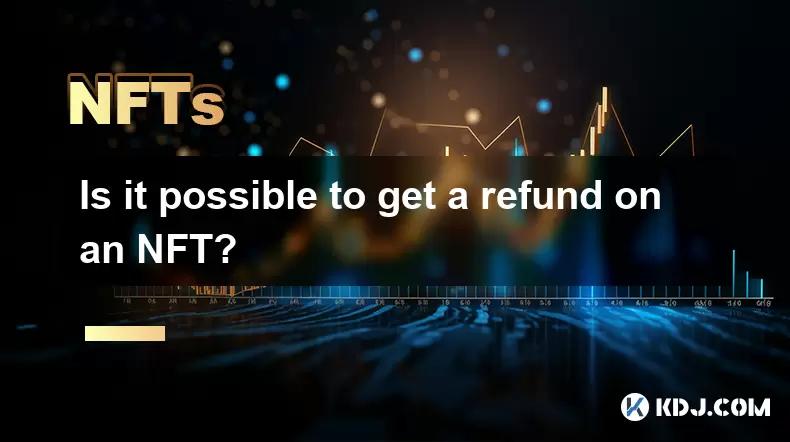
Is it possible to get a refund on an NFT?
Jul 21,2025 at 08:35pm
Understanding NFT Transactions and RefundsWhen you purchase an NFT (Non-Fungible Token), the transaction is typically recorded on a blockchain, making...
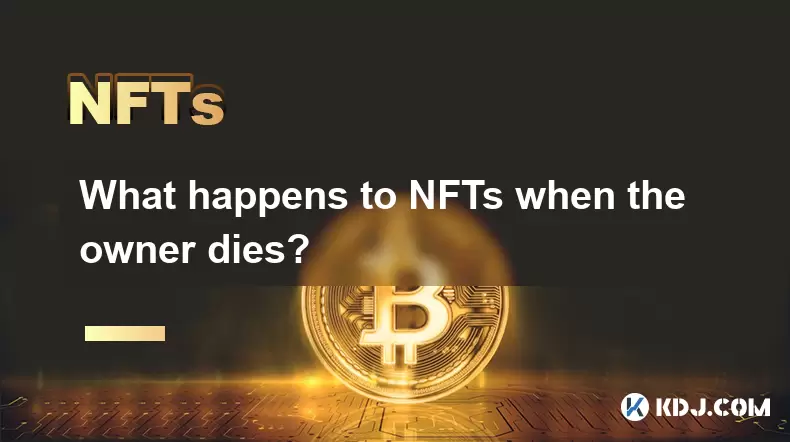
What happens to NFTs when the owner dies?
Jul 22,2025 at 02:43pm
Legal Ownership and Digital AssetsWhen an individual owns NFTs, the question of what happens to these assets upon their death is a pressing one. NFTs ...
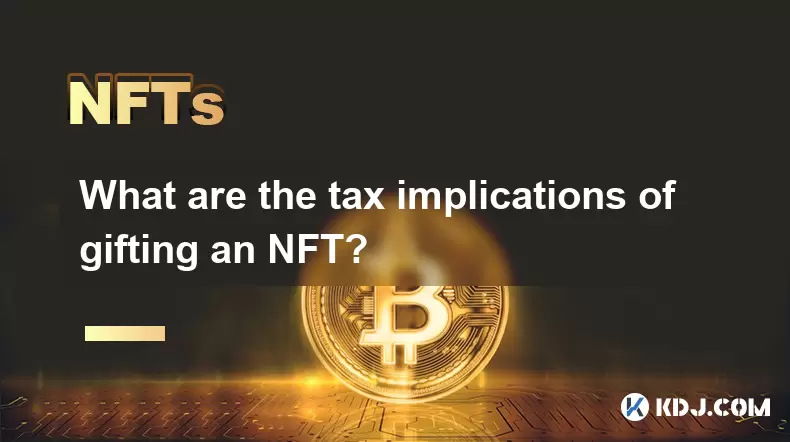
What are the tax implications of gifting an NFT?
Jul 19,2025 at 04:21am
Understanding the Basics of NFT GiftingGifting a Non-Fungible Token (NFT) involves transferring ownership from one individual to another without recei...
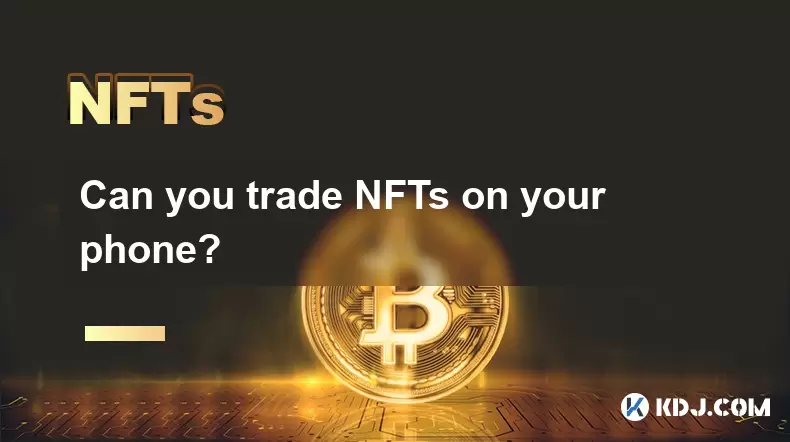
Can you trade NFTs on your phone?
Jul 18,2025 at 04:29am
Trading NFTs on Mobile DevicesYes, you can trade NFTs on your phone, and the process has become increasingly streamlined thanks to a variety of mobile...
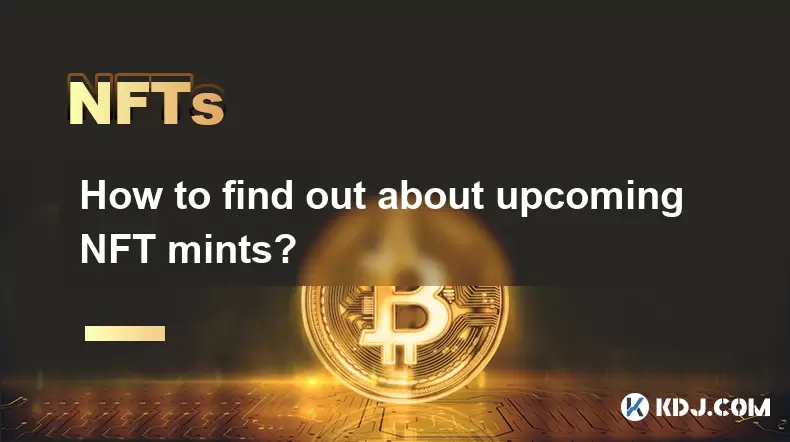
How to find out about upcoming NFT mints?
Jul 18,2025 at 11:50am
Exploring NFT Minting OpportunitiesUnderstanding the landscape of upcoming NFT mints is crucial for collectors, investors, and creators who wish to st...
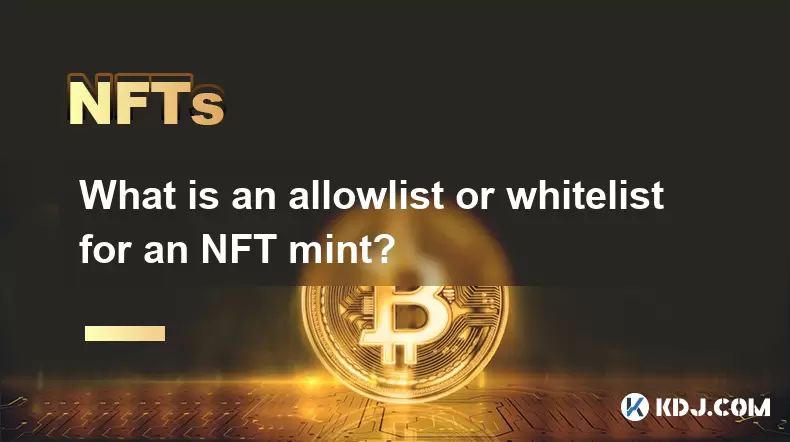
What is an allowlist or whitelist for an NFT mint?
Jul 20,2025 at 07:14pm
Understanding the Concept of an Allowlist for NFT MintingAn allowlist, also commonly referred to as a whitelist, is a mechanism used in the NFT mintin...

Is it possible to get a refund on an NFT?
Jul 21,2025 at 08:35pm
Understanding NFT Transactions and RefundsWhen you purchase an NFT (Non-Fungible Token), the transaction is typically recorded on a blockchain, making...

What happens to NFTs when the owner dies?
Jul 22,2025 at 02:43pm
Legal Ownership and Digital AssetsWhen an individual owns NFTs, the question of what happens to these assets upon their death is a pressing one. NFTs ...

What are the tax implications of gifting an NFT?
Jul 19,2025 at 04:21am
Understanding the Basics of NFT GiftingGifting a Non-Fungible Token (NFT) involves transferring ownership from one individual to another without recei...

Can you trade NFTs on your phone?
Jul 18,2025 at 04:29am
Trading NFTs on Mobile DevicesYes, you can trade NFTs on your phone, and the process has become increasingly streamlined thanks to a variety of mobile...

How to find out about upcoming NFT mints?
Jul 18,2025 at 11:50am
Exploring NFT Minting OpportunitiesUnderstanding the landscape of upcoming NFT mints is crucial for collectors, investors, and creators who wish to st...

What is an allowlist or whitelist for an NFT mint?
Jul 20,2025 at 07:14pm
Understanding the Concept of an Allowlist for NFT MintingAn allowlist, also commonly referred to as a whitelist, is a mechanism used in the NFT mintin...
See all articles

























































































